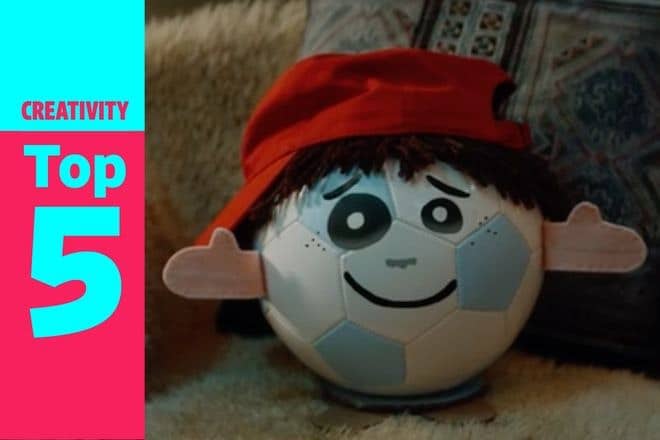Who’s talking about your work?

To attract talent and build their reputation, In-house Agencies need to up their PR game and get themselves talked about, writes Patrick Burgoyne
One of the main themes that came through at our recent one-day summit was the importance of talking about and celebrating the work. It’s not always easy to find time to do this at an in-house agency, but it’s vital.
As WDC’s John Owen says, “When you make time to talk properly about the work your IHA does, you engage and energise your people. You are saying ‘what we are about and what we are going to make our central purpose, is to produce great work that we are all proud of’… If you can be having those conversations about the work and how effective it is on a regular basis, not only are you building a creative culture for the IHA, but you are automatically equipped to be able to communicate the value of the agency with other stakeholders.”
But if it’s important to talk about the work internally, what about externally? I was prompted to think about this by a LinkedIn post celebrating the fact that a piece of work by LEGO’s in-house agency was featured by AdAge in its Top 5 Creative Campaigns You Need to Know About Right Now. It’s rare that an in-house campaign gets press coverage in this way, but just as internal discussion helps motivate teams and build both culture and reputation, so can external coverage.
https://youtu.be/jakJaM2gNbg
External agencies know this. During my 20 years at Creative Review, I saw a huge change in the way that external agencies approached getting coverage for their work. In my early years on the magazine we would phone creative teams direct to find out what they were working on and whether we could cover it. By the time I left, everything was channelled through a PR department which would not only deal with incoming enquiries, but proactively worked to get maximum coverage for their agency’s work. Every new campaign was launched with a press release sent to the media, complete with quotes, credits and images.
Workloads for journalists have increased exponentially with the advent of digital media. The same size teams (or smaller) that once had only a print issue to fill are now responsible for web and social channels too. They need content every day. Good agency PR teams make their jobs far easier by having everything they need instantly available. They build relationships with key titles, suggesting feature ideas or interviews, helping journalists get access to people for panels or podcasts.
All of this helps build the profile and reputation of the agency. In some cases, it’s even more effective in doing this than awards – many awards bodies have been spooked by research suggesting that younger creatives see being featured by their favourite website as more important than winning an industry award. When you have online readerships of over a million a month, as many design and advertising sites do, plus huge social media reach (CR has 2 million Twitter followers, for example), it’s easy to see why.
When I was researching the idea of showcasing in-house work on this newsletter, I asked our community who I should contact to get news about new work. In almost every case, there was no-one with that specific role in the IHAs I contacted – most often it fell to a creative director or similar.
IHAs need to up their PR game. Industry titles want to cover your work. They know in-house is growing, they know there is a huge additional readership to be reached there, and they don’t want to carry on covering the same small group of external agencies every time. But IHAs need to make it easier for that to happen.
Of course it’s not so straightforward in-house. It can be difficult to get permission to show work externally, there can be problems around singling out individuals for praise in what is usually a team effort and you may come up against clashes with corporate PR. But effective PR for your IHA will amplify the brand and its reputation.
It doesn’t have to be complicated. A ‘press release’ can be as simple as an email with a brief explanation of the project, the key credits and a few images of the work (plus a link to the video if applicable). That’s enough for any title to get going on – if they need more, they’ll ask. It’s easy to find out who to send these releases too – every magazine or site will list its editorial staff with their email addresses. Putting a list together of half a dozen key titles to talk to should only take an hour or so. And be persistent – if they don’t cover the first campaign you send them, keep going. Eventually, if the work is good, they will write about it.
If you don’t have resource to do this internally, there are many PR firms (or individuals) who specialise in this area. Give them a try for a few months and incentivise them to get you coverage. Your business will have a PR budget – convince whoever owns it that diverting a small amount of that to building the profile of the IHA will payback many times over in terms of building your employer brand and both retaining and recruiting talent.
While it is great to see AdAge writing about the LEGO Agency, an industry title covering in-house work should be the norm, not a rarity.
